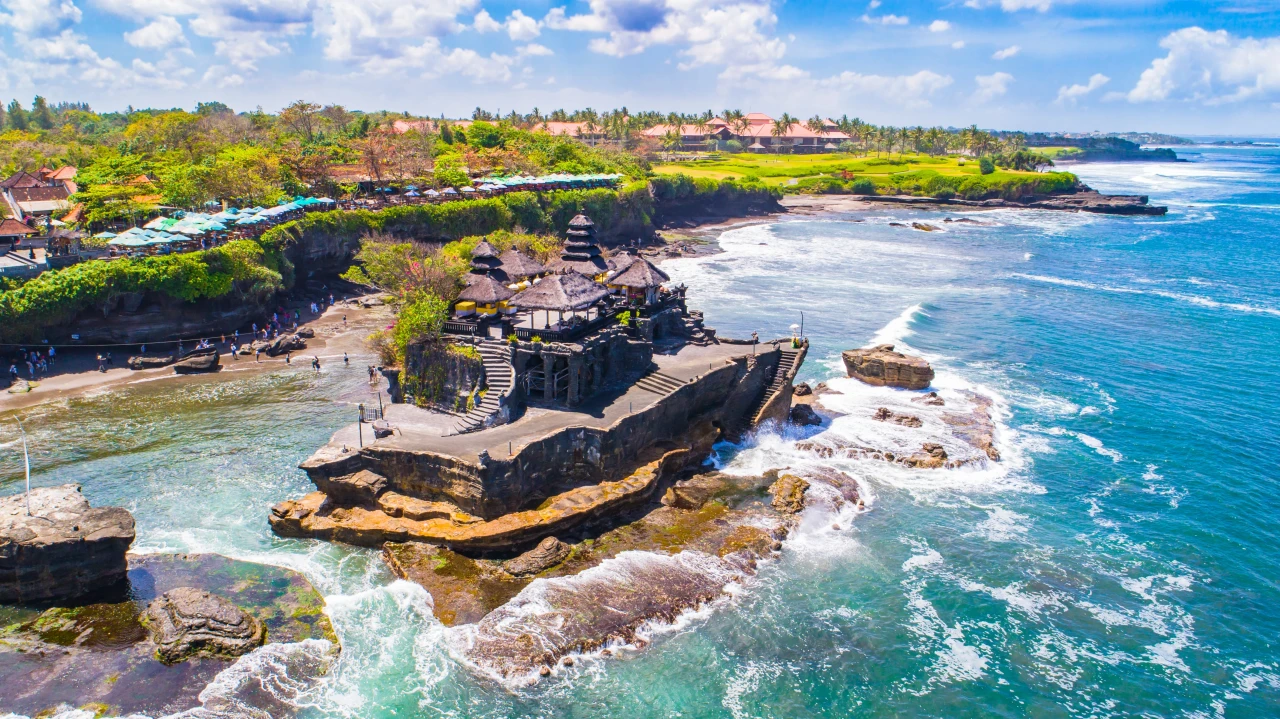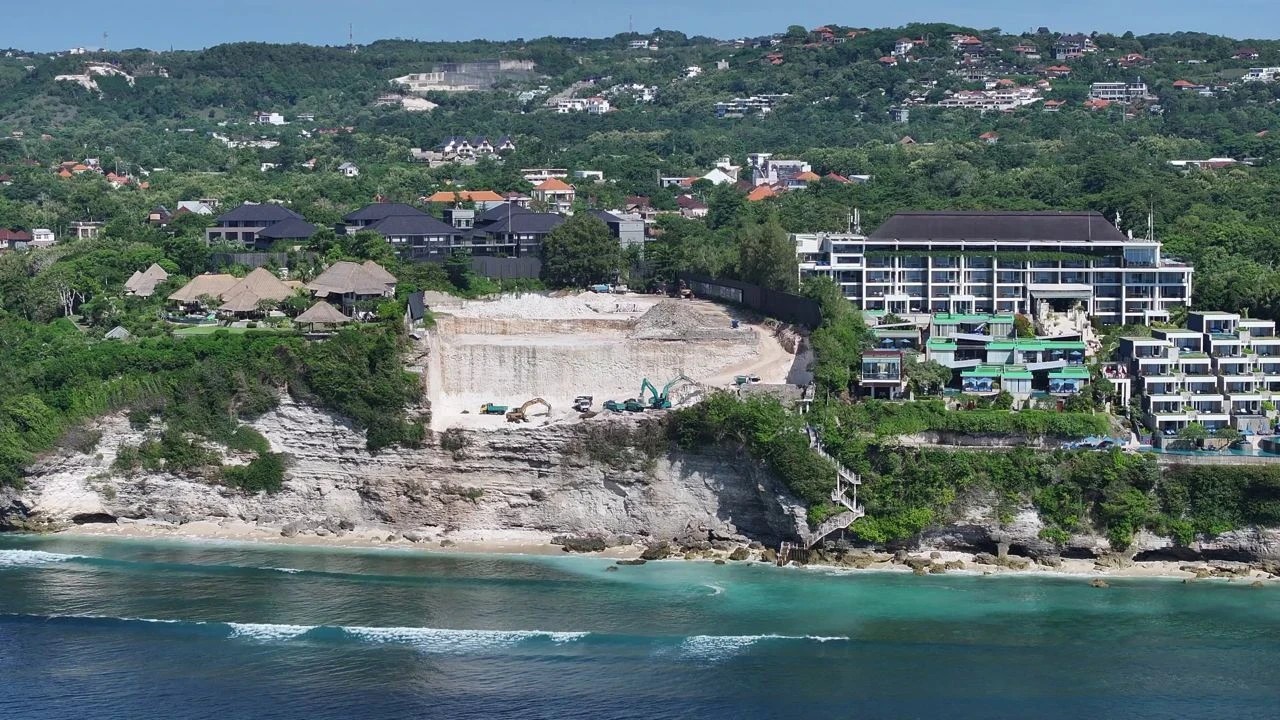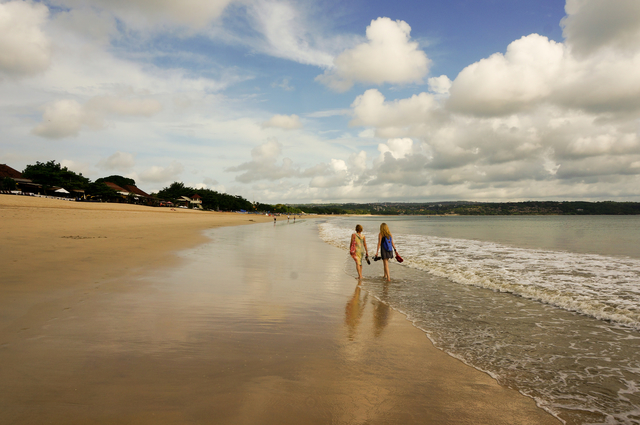Experts from the Regional Marine Research Center have concluded that the reduction of Bali's shoreline is happening faster than the global average. The island's total shoreline length, which was 668.84 kilometers in 2016, had decreased to 662.59 kilometers by 2022.

This means that Bali loses 1.21 meters of beach territory per year, compared to the global average of just over 0.5 meters per year.
Researchers arrived at these figures using geospatial data. The latest shoreline measurement from 75 separate monitoring points was conducted in March 2023 and confirmed this trend. The highest rate of shoreline erosion is observed on Bali's southern, western, and southeastern coasts. The most affected beaches are in the provinces of Jembrana, Tabanan, Badung, Denpasar, Gianyar, Klungkung, and Karangasem.
These are the areas that have experienced significant development and major changes in land use in recent years, which, according to experts, is one of the reasons for such severe erosion, along with wave circulation and rising sea levels. Another study conducted in 2022 indicated that 22% of Bali's beaches are at risk due to climate change, erosion, flooding, storms, and sea level rise.
According to the Intergovernmental Panel on Climate Change (IPCC), sea levels have risen by an average of 2.5 millimeters annually over the past 25 years. Globally, shoreline erosion during this time has led to the loss of 36,097 kilometers, or 13.6% of all sandy beaches.
Experts warn that if global carbon dioxide emissions are not significantly reduced, sea levels will rise by 80 centimeters, leading to the loss of 131,756 kilometers of beaches worldwide.
Researchers also note that while various coastal structures, such as dams, sandbags, breakwaters, or embankments, can provide some protection against floods and wave circulation, they can also cause inevitable negative consequences, including water quality deterioration and sediment deposition. Therefore, their construction requires careful engineering assessment.
The reduction of the shoreline, combined with rising sea levels, threatens ecosystems and infrastructure and can significantly alter the lives of local communities. Settlements, temples, places for religious rituals, attractions, and tourist infrastructure are all located near the beaches. Thus, changes in Bali's shoreline are crucial for spatial planning and zoning specialists, as well as for those predicting future development trends on the island.
However, it is still difficult to assess the future risk and determine the best intervention. Therefore, the findings about the rapid reduction of Bali's coastal zone could be a reason for further research to evaluate the time frames within which measures should be taken to protect the beaches.


You can add one right now!